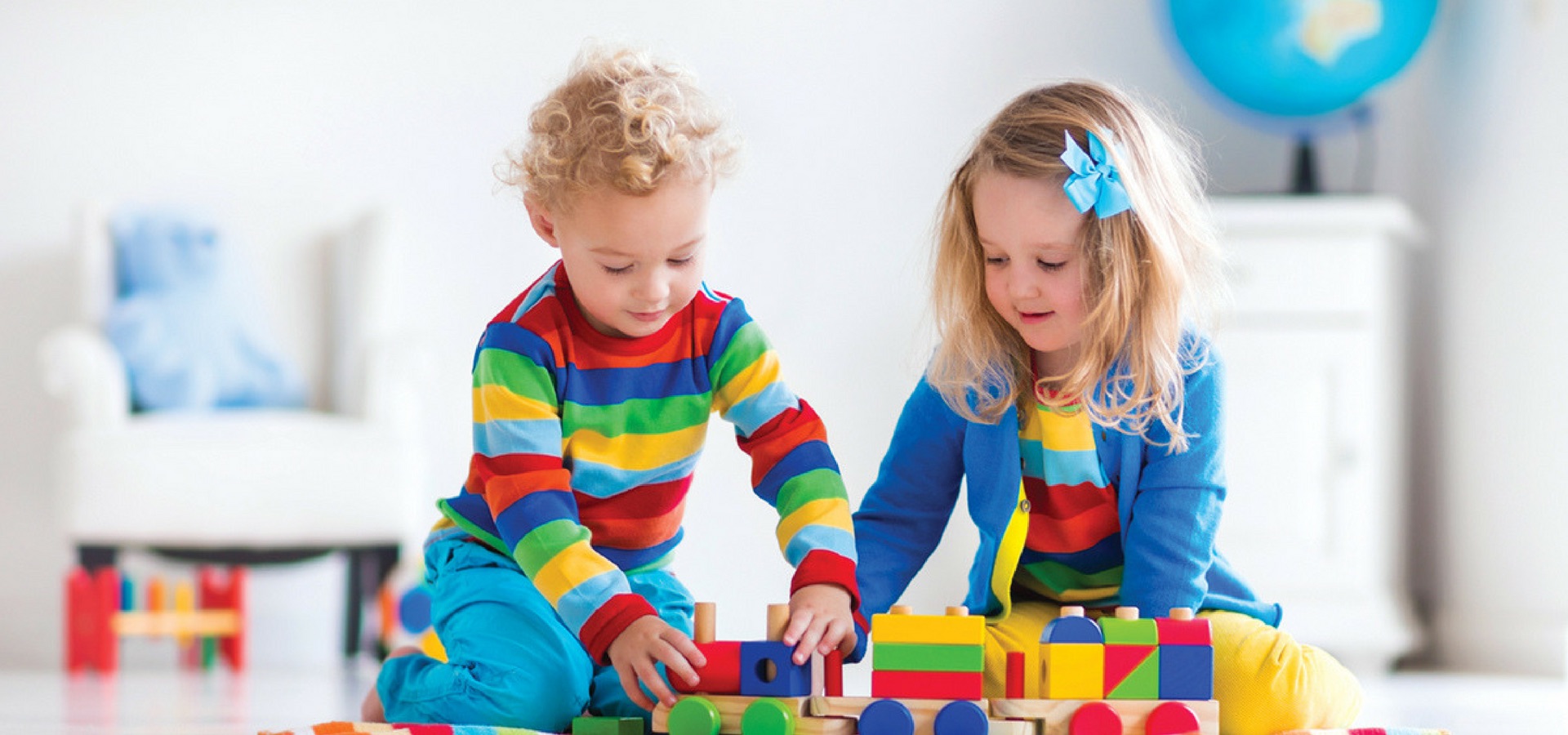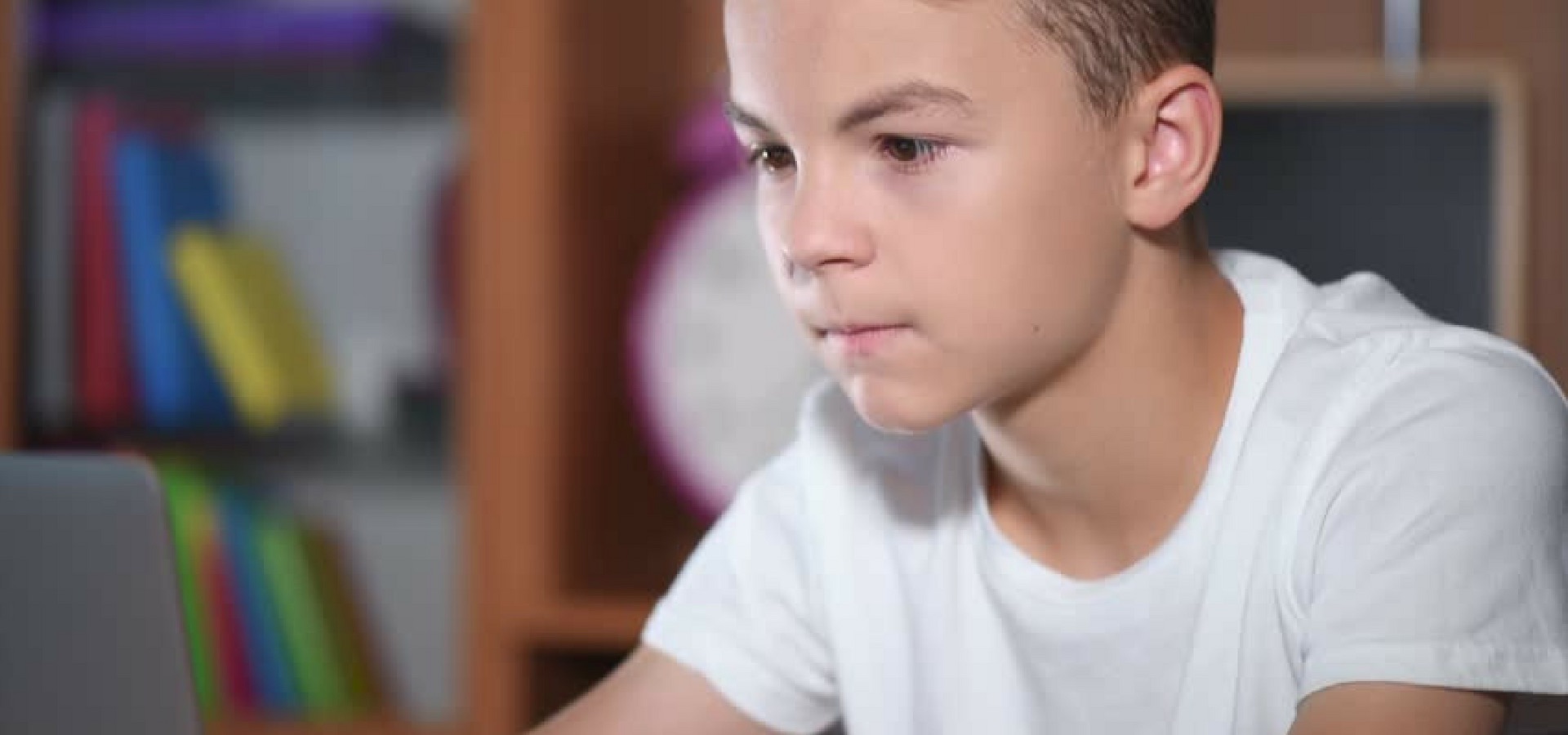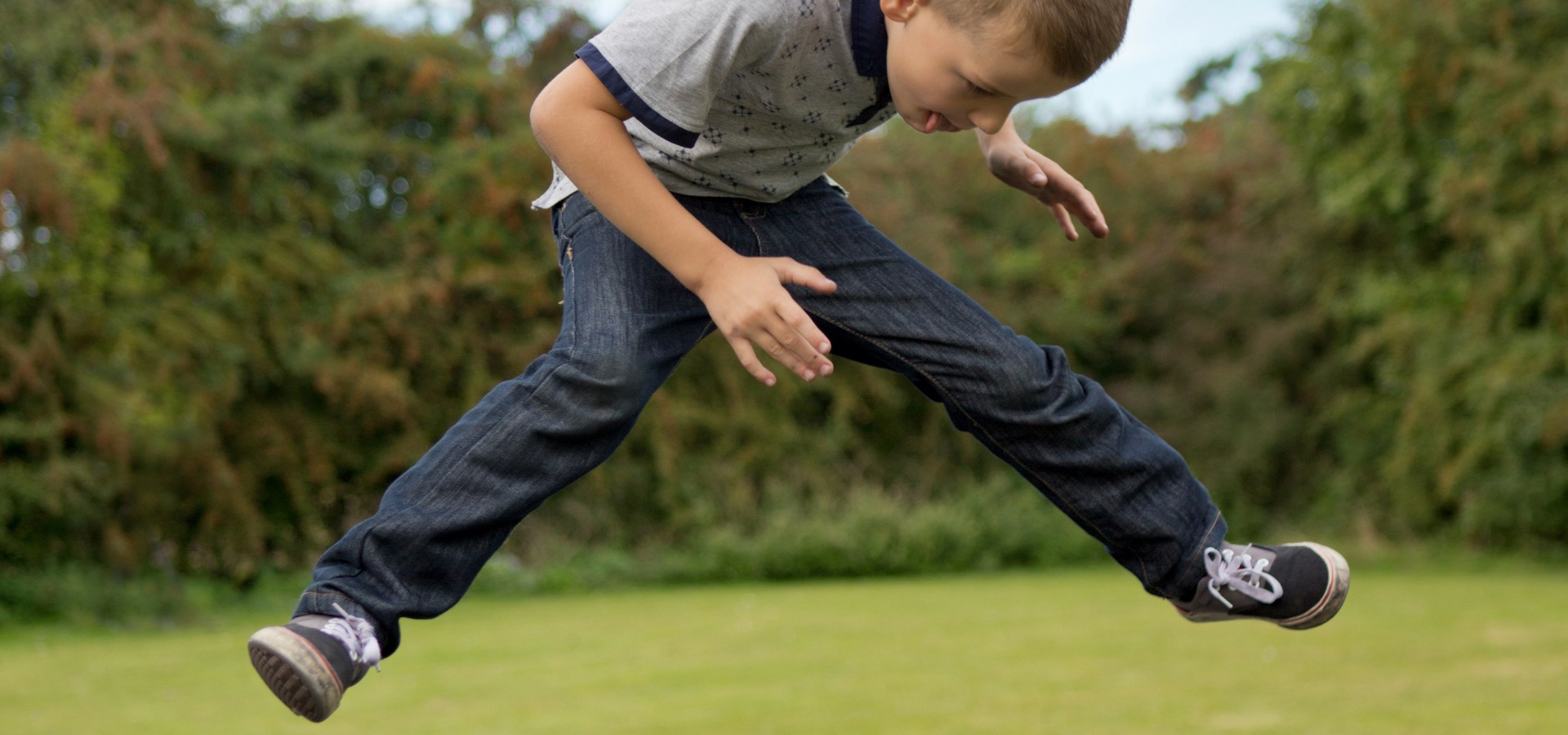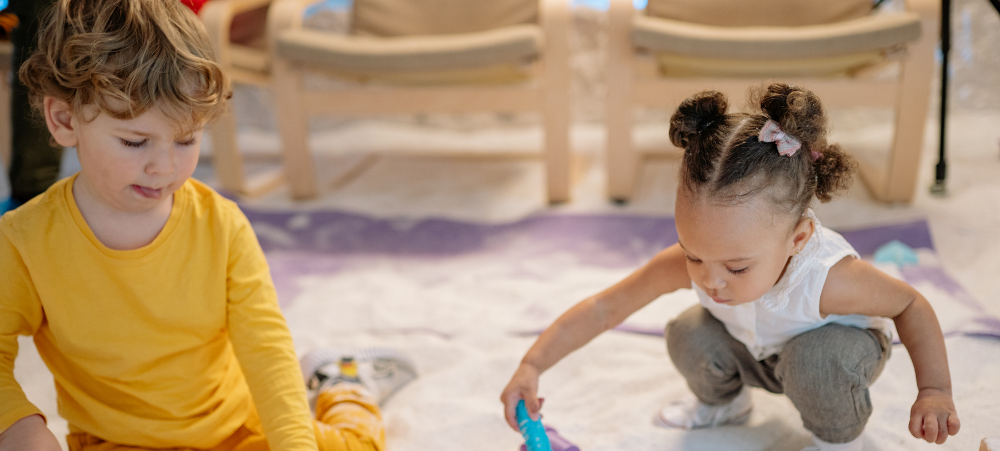
Children get stressed too!
It’s a new school year! It’s exam time! Both of these occurrences during your child’s school life come with their own level of stress – for your child. When your child starts a new school year, or begins exams parents often focus on the stress that they themselves are feeling, rather than taking into account that their child is feeling the pressure as well. “Children don’t deal with stress, or show stress the same way that adults do, and often parents can over-look these clues,” says Carla Yssel, brand manager for Linctagon®. “When children are stressed they are not sure how to deal with it, and this can often manifest itself in a complete change of behaviour – being moody, crying, withdrawing from activities, and even complaining of stomach aches and headaches. Parents need to be on the lookout for these types of behavioural changes when big events in their child’s life occur, such as starting school, or tackling exams.” Although, some stress can be a positive as it can motivate your child to overcome what is worrying them, being over-stressed can cause illnesses. The stress hormone corticosteroid suppresses the immune system, and results in your child getting a cold or even the flu. “We are often consumed with whether our children have the correct stationery, or have prepared enough for their exam, that we forget to actually take care of them,” says Yssel. Yssel provides 5 tips on how to look after your child during stressful times: Be prepared in advance: Make sure that your child has everything they need long before school starts, and gets through all their studying with enough time to revise before an exam. This will give your child the peace-of-mind they require to overcome any stress they may be feeling. Get enough sleep: A good sleep is sure to improve your child’s concentration, and also allow them to feel ready to take on the new day with confidence and a clear mind. Talk to your child: Your child needs to know that you support them, and that you understand what they are going through. Talk to them about what they can expect on their first day of a new school term or year, or that no matter how they do in their exam you will support them through it all. Give them the edge: When your child starts to feel a cold or the flu coming on, give them Linctagon® Effervescent (which can be used from age 12) or Linctagon® Effervescent Junior (can be used from the age of 1) to help get over colds. Linctagon® effervescent and Linctagon® effervescent Junior contain the active ingredient Pelargonium sidoides and with its active support can shorten the duration of the common cold as well as reduce the severity of symptoms with the added Vitamins A and C, anti-inflammatory MSM and immunity enhancer Zinc (Alt Med Review, 2007). This will allow your child the opportunity to get back to what really matters; quicker than usual (Lizogub et al, 2007), and it is suitable for children and adults who are diabetic. Take time out to laugh: Just because your child is writing exams, or getting ready to go back to school it doesn’t mean that all fun needs to end! Laugh with your child; let them forget what they are stressed about, and just have a moment to breathe. Sharing our content with parents you know will go a long way to making us smile for the day


































